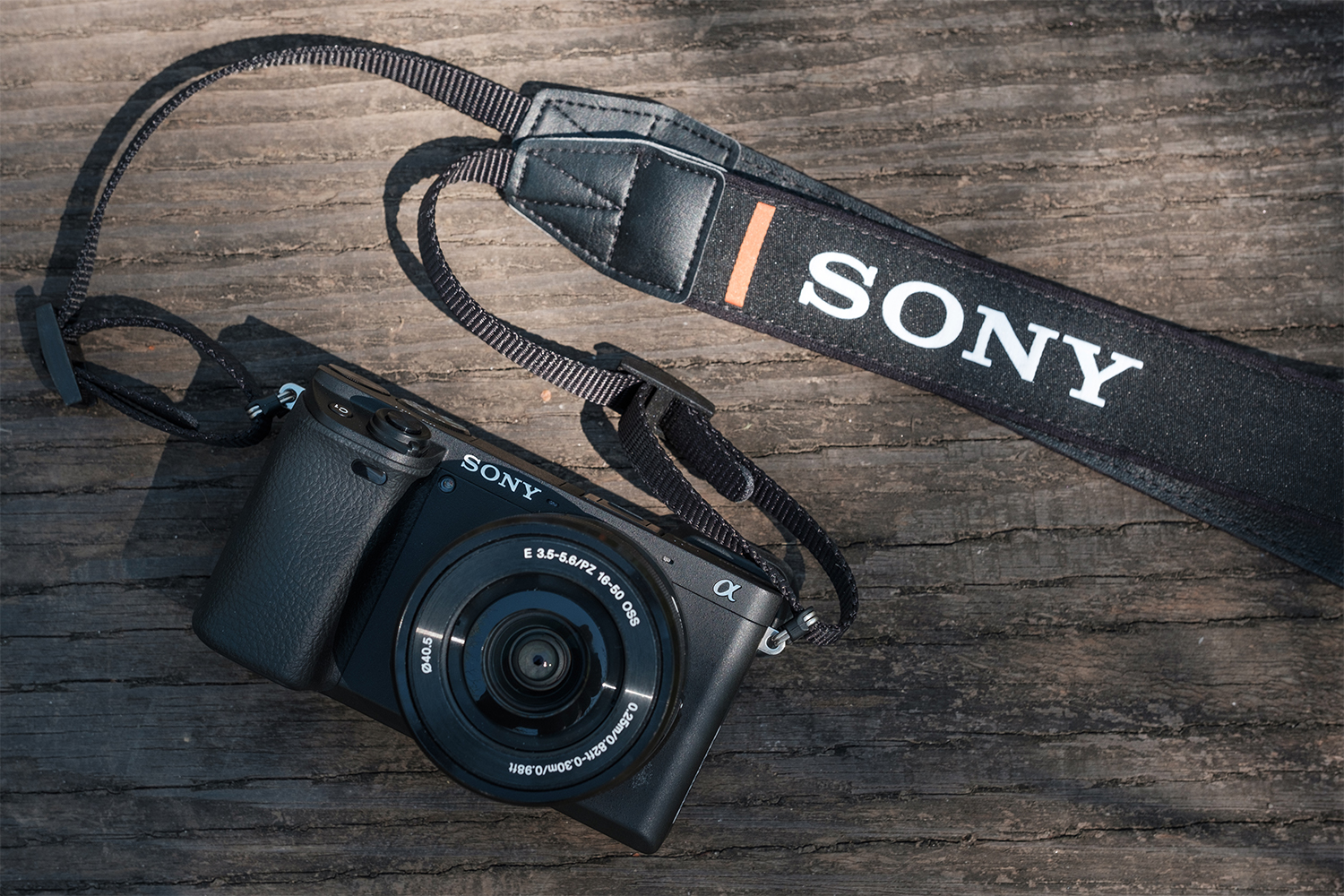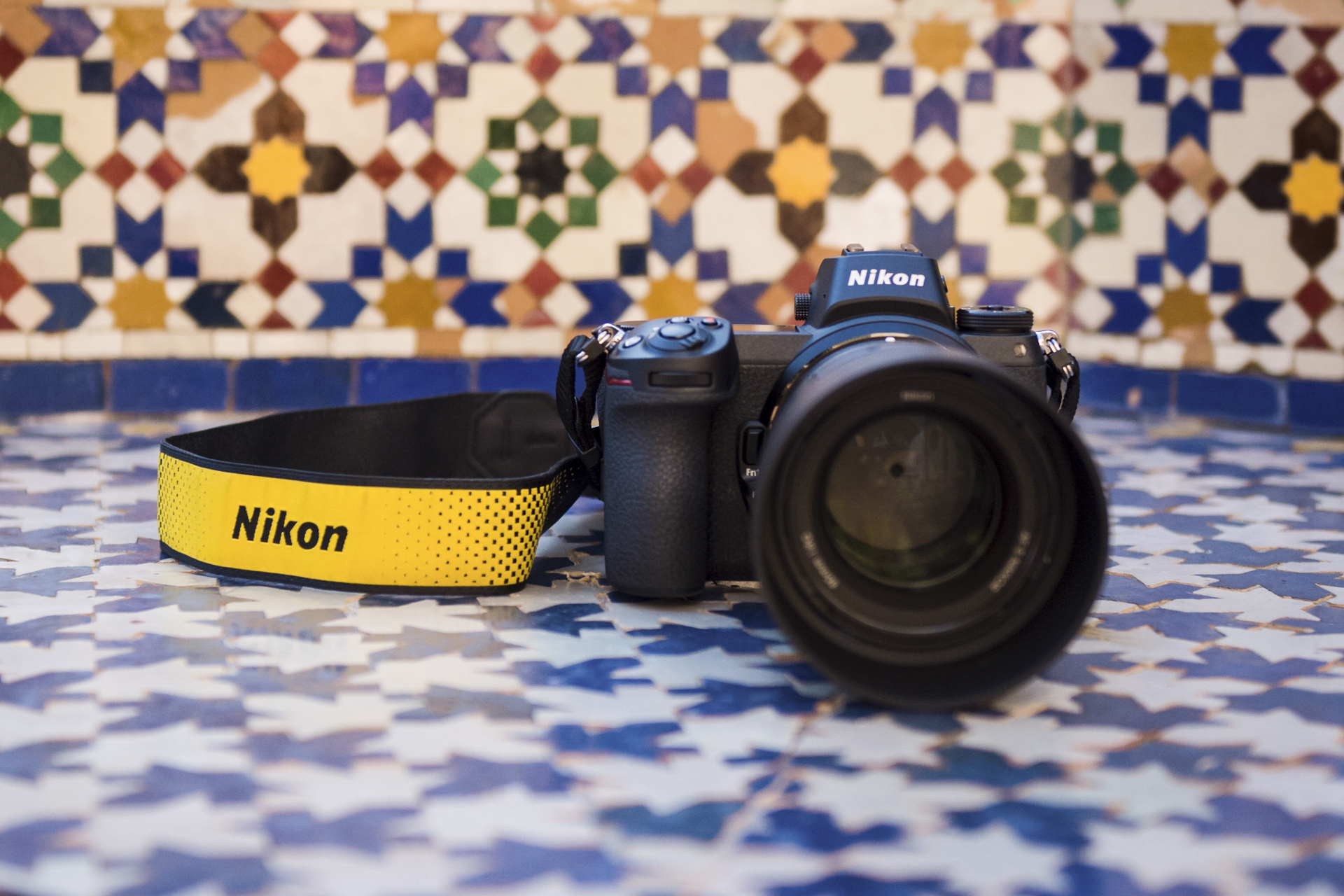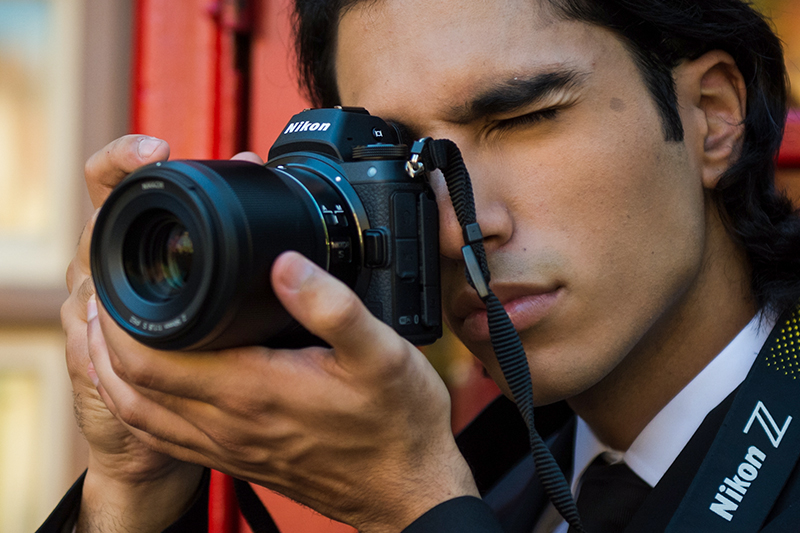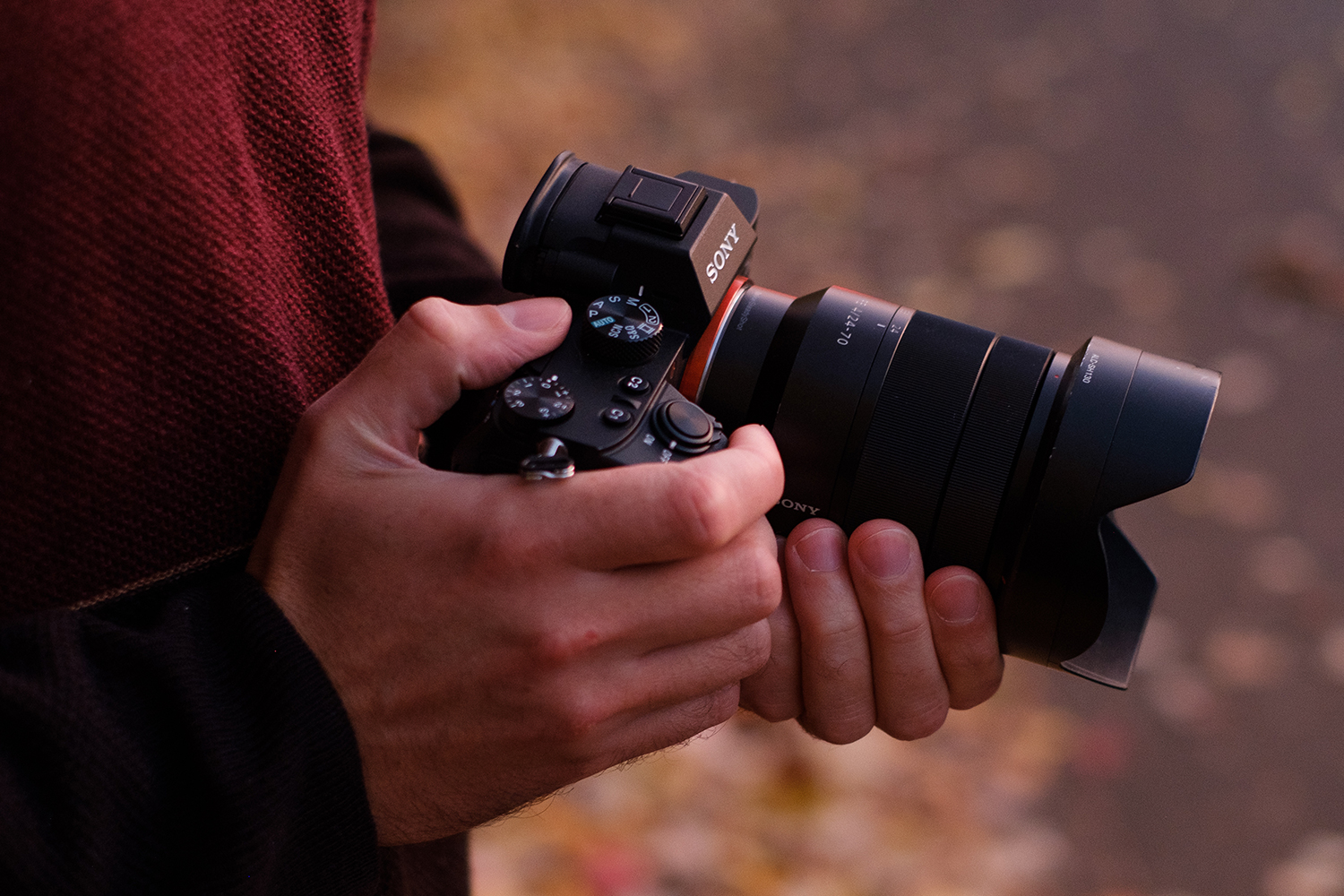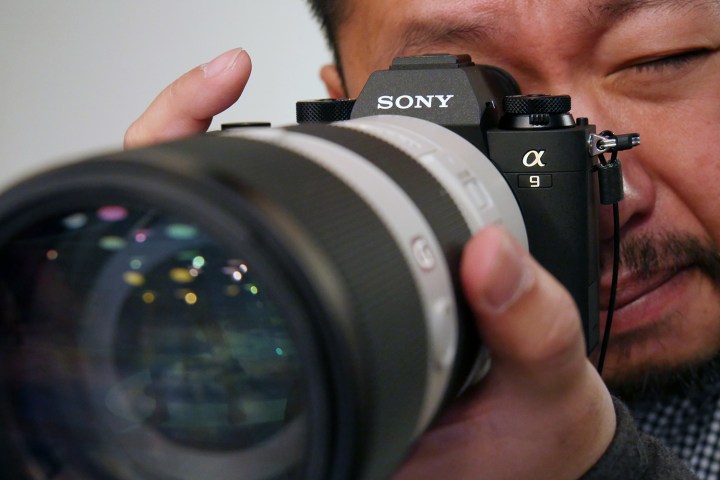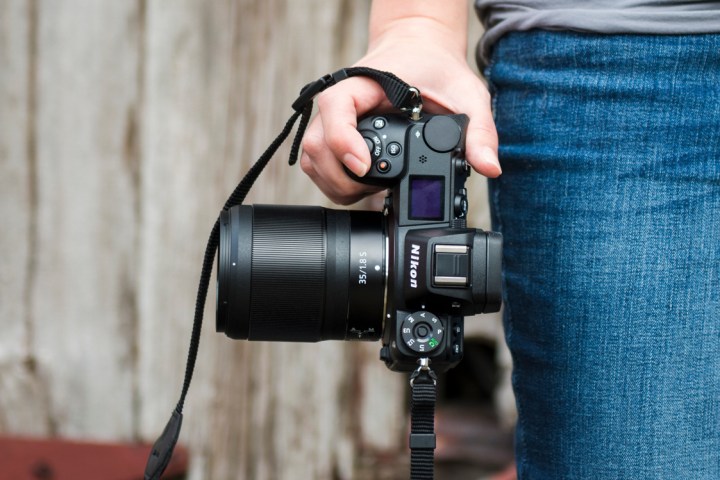The bout between Canon and Nikon has entered the umpteenth round, but there’s a new contender in the ring: Sony. When Sony created the first full-frame mirrorless camera in 2013, it was still an underdog in the camera world and not afraid to try new things. Now, Sony is the best-selling full-frame camera brand, a position earned entirely on the merits of its mirrorless system — something DSLR juggernauts Canon and Nikon didn’t think could happen.
Sony’s mirrorless success can no longer be ignored. Canon and Nikon entered the full-frame mirrorless market in 2018.
When it comes to comparing Sony and Nikon, you’d have to be some sort of wizard to look at a photo and tell whether it came from one or the other. But the two brands are different in how they handle and the features they offer. Here’s what photographers need to know on the Sony versus Nikon rivalry before investing in a new system — or switching from one to the other.
History and company profile
Unlike most camera manufacturers, Sony didn’t start with film cameras. Established in 1946, the electronics company didn’t launch its first camera until 1980s, an analog — but fully electronic — camera called the Mavica that recorded media to proprietary disks. The Mavica would later go digital, but Sony waited almost a decade before launching another camera line, when it introduced the CyberShot series in 1996. The CyberShot name continues to this day, most notably on the peerless RX100 series of advanced compact cameras.
Today, Sony makes still and video cameras at both the consumer and professional level. It does, of course, make much more than that. Compared to Nikon, Sony is a much larger company, its imaging division a small part of it. You can play video games on a Sony 4K television using a Sony PlayStation game console and a pair of Sony headphones (like the very nice WH-1000XM3, our favorite pair of noise-cancelling cans). Next, you could watch a movie produced by Sony Pictures that was shot on a Sony cinema camera. In Japan, Sony even operates a bank.
Nikon, on the other hand, recently celebrated its 100th anniversary, with a history that spans decades of film cameras before the advent of digital photography. Some of the ergonomics, camera names, and even look of the current Nikon cameras stem from cameras in the company’s past. Its modern DSLRs still use a version of the same lens mount as its very first DSLR. Nikon started as an optics company and maintains a focus on optics today, developing products for healthcare, precision equipment, and industrial industries alongside a wide range of consumer to professional cameras.
Current camera series
- 1. Nikon Z 6
- 2. Sony A7 III
The Sony A7 and A9 series are full-frame mirrorless cameras that span a range from enthusiast to professional photographers. Sony’s lower-cost A6000 series is built around smaller APS-C sensors, but offers some of that high-end tech at a lower price.
Sony doesn’t currently develop DSLRs — they offer DSLTs, which use a translucent mirror that allows most of the light through to the imaging sensor while direction a portion to a dedicated autofocus sensor. Built around the A-mount (which Sony inherited from Minolta), the SLT technology was originally developed to allow for faster autofocus in both still and video modes at a time when DSLRs struggled with live view autofocus. However, modern mirrorless cameras with on-chip phase-detection autofocus achieve fast results without the need for a mirror or dedicated focus sensor. Still, Sony hasn’t yet abandoned the A-mount series; the full-frame A99 II and APS-C A77 II remain available. Sony is not putting as much energy into SLTs lately, however, so we’d be cautious before investing in the A-mount system.
Nikon has long been in the DSLR game, and while a few of their models are looking a bit dated as the company shifts focus towards the new mirrorless Z series, its DSLR range is still being actively developed. The models with four-digit names, like the D7500, make up with company’s APS-C options. The D500 also uses an APS-C sensor, while other three-digit models, like the D850 and D750, are full frame. The single-digit D5 is Nikon’s flagship camera, a full-frame, dual-grip DSLR that targets professional sports photographers.
Launched last fall, Nikon’s mirrorless Z series now how three cameras, the full-frame Z 6 and Z 7 and the APS-C Z50. While Nikon has less experience with mirrorless, the company was able to build off of its DSLR history to bring several impressive features to the cameras, while also evolving in a new direction. The Z 6 and Z 7 both include sensor-shift image stabilization, on-chip phase-detection autofocus, and 10-bit video output — all firsts for a Nikon camera.
Sony’s greater experience with mirrorless still leaves it with some advantages, however, like battery life, dual SD card slots, and in some cases, autofocus.
Image Quality
Unless you have psychic abilities (or peer into the photo’s EXIF metadata), you won’t be able to look at an image and tell if it was taken from a Sony or a Nikon. Models with similar specs and price points often get similar marks for image quality. For example, the image sensor testing company DxOMark gave both the Nikon D850 and the Sony A7R III an identical score of 100.
While there may be some minor differences between specific models, both Nikon and Sony capture excellent images. The difference usually comes down to subtleties, often for factors like color science, that are difficult to differentiate. However, color science really only affects JPEGs shot in-camera; when working with RAW images, both camera brands will offer plenty of latitude for editing your photos to your liking.
Video
Mirrorless cameras tend to have a leg up on DSLRs when it comes to video, and partly this is due to Sony heavily pushing new video features out to its cameras before anyone else. Today, you can find 4K video on every current-model Sony mirrorless or advanced compact camera.
But while Sony isn’t worried about cannibalizing DSLR sales, it does make professional camcorders and cinema cameras which likely hold the company back from putting some higher-end video features into its mirrorless cameras. Nikon, on the other hand, isn’t afraid to entice videographers away from dedicated video cameras — it has no camcorder or cinema line of its own. The Z 6 and Z 7 have impressive video capabilities, including 10-bit 4:2:2 color over HDMI. The most demanding professionals can even pay to have their Z cameras upgraded to output RAW video.
But while Nikon has the superior HDMI output quality, it requires an external recorder to take advantage of it. Sony still offers more features for recording video internally, such as HLG and S-Log color profiles. Just like for still photos, the answer as to which brand is better for video depends on your needs and how you prefer to work.
Performance
As the brand with a longer history creating gear designed for professionals, Nikon has a solid reputation for performance. Nikon DSLRs focus quickly in a wide variety of scenarios from fast action to low light. Nikon brought several of those features into the Z series, but there are a few things, like low light autofocus, that are still better on the company’s DSLRs.
Sony has been making huge, innovative strides to put mirrorless on equal ground with DSLRs in terms of performance — and in some ways, surpass them. The “stacked” sensor inside a handful of Sony cameras is so far unique to the brand and brings impressive performance like best-in-class burst speeds from cameras like the A9 and RX100 VI. And while we were impressed at the autofocus on the first generation Nikon Z cameras, Sony tends to have a slight edge thanks to its multiple generations of experience designing mirrorless focusing systems.
Design
While the difference in image quality is imperceptible, hand a blindfolded Nikon photographer a Sony camera and they will immediately know the difference — and vice versa. That’s not to say one of them is better than the other, but how a camera feels and behaves is an important and often overlooked part of the equation.
Sony’s cameras tend to have a slimmer hand grip, while the design of Nikon’s mirrorless cameras borrows heavily from its DSLRs, including a larger — but arguably more comfortable — grip. Control layouts are also quite different, and the Z 6 and Z 7 both have secondary LCD screens on the top plate for displaying vital information, like exposure settings and battery life, a feature that Sony doesn’t have on any of its mirrorless cameras.
Deciding which is better largely comes down to personal preference. A simple way to determine which brand has the design that better fits your hands is to head to a brick and mortar store that has one of each on display — because there’s only so much that you can see from a photo. A camera may feel great in a reviewer’s hands, but feel completely wrong to you.
Lenses
Sony has had plenty of time to grow its mirrorless system and most popular focal lengths are readily available in E mount. There may be a few that haven’t yet arrived, particularly specialty lenses like tilt-shifts, so check to see if the lenses that you’d want in your kit are available first. Sony’s high-end lenses are sharp and well-built, and like the camera bodies, you’d be hard pressed to see the difference between similar lenses from both brands.
Nikon started out as a lens company and later added cameras — and to this day, the company has a pretty solid reputation for optics. Beyond the few native Z-mount lenses that launched with the system, the company has hundreds of F-mount DSLR lenses that are adaptable to the Z mount with a $250 adapter. Both Nikon and Sony release new lenses every year.
Price
Nikon and Sony aren’t oblivious to each other, and their competition helps keep prices similar. Sony also keeps older models around at reduced prices, giving customers a good bang-for-buck option. If you are shopping on a budget, check out the best Black Friday camera deals we found, so that you can leverage the Black Friday discounts.
- 1. The Nikon Z 7
Which wins?
Both Sony and Nikon make excellent cameras. When it comes down to it, viewers won’t be able to tell — or care — whether that photo was shot with a Sony or a Nikon camera. Both manufacturers churn out great cameras and lenses every year, and while one will edge out the other in one feature, the other will have an advantage with another.
That doesn’t mean that making the choice between Sony and Nikon is just a matter of flipping a coin. While you’ll get great images from both, there are notable differences between the two brands. Nikon has the better selection of DSLRs, while Sony has more mirrorless cameras to choose from. Nikon’s low light autofocus performance on high-end models like the D850 is stellar, while Sony owns the title for the fastest pro-level camera with the 20-fps A9.
Like choosing between Canon and Nikon, there’s no wrong answer to the Sony vs. Nikon debate. So what should photographers weighing the two brands do? While both manufacturers offer excellent quality overall, looking at individual competing cameras, there’s usually a feature or performance edge that makes one of them a bit better than the other for certain tasks that may be important to you. And with image quality being so competitive, something as simple as the placement of a button, the layout of the menu system, or the feel of the grip may be what determines your choice.
Editors' Recommendations
- New Nikon camera gear for space station marks end of an era
- The best full-frame cameras
- The best point-and-shoot cameras
- The best digital cameras
- Sony’s A7S III is the ultimate 4K video camera, five years in the making

